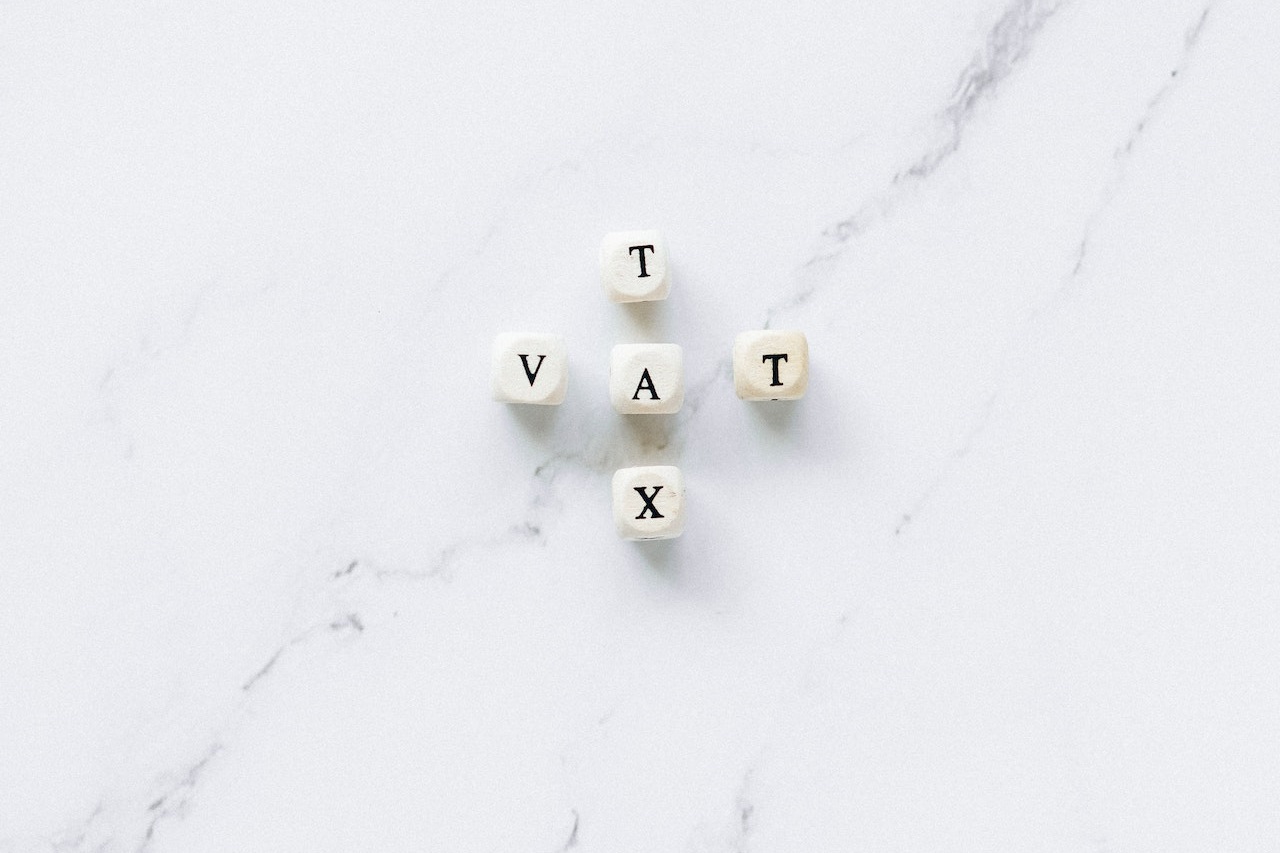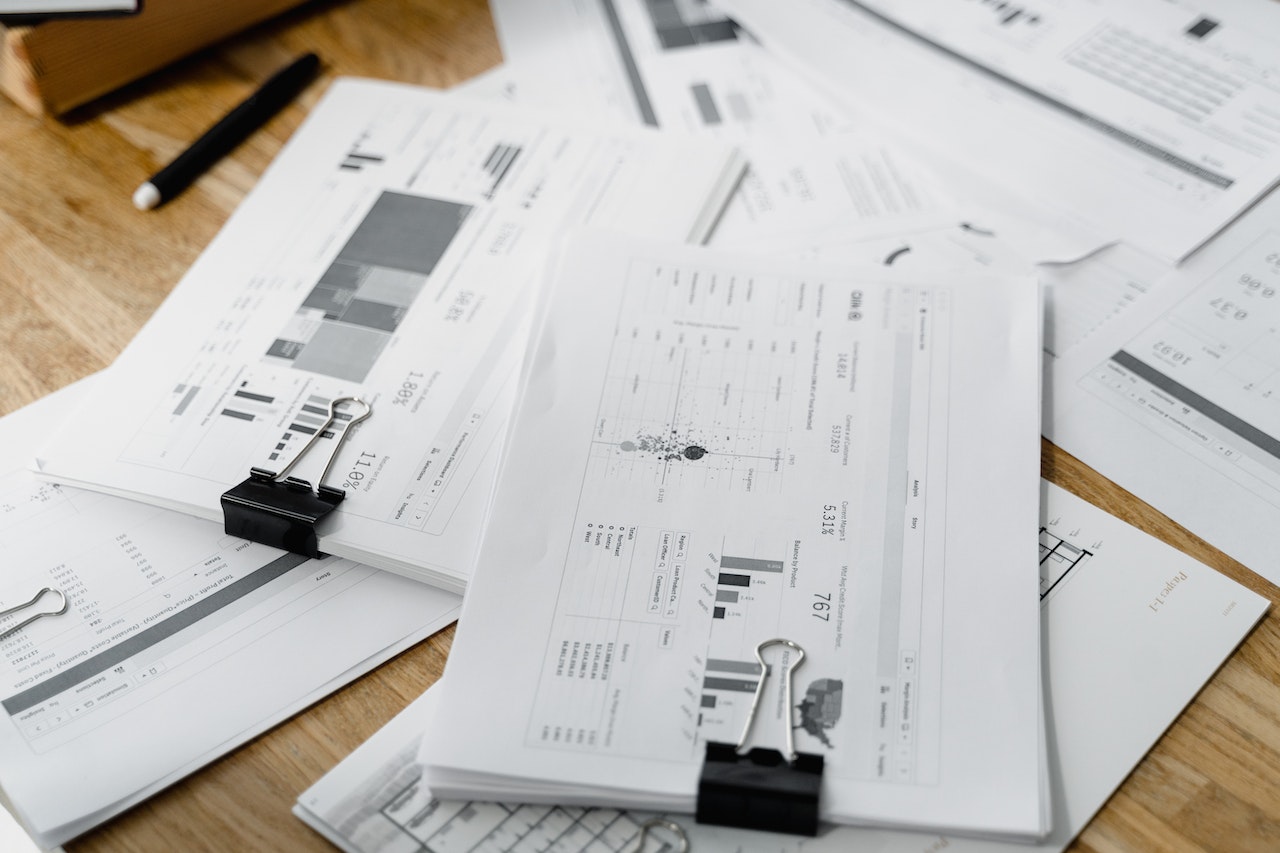Value Added Tax (VAT) is a tax on goods and services that is levied by the UK government. The VAT system was first introduced in the UK in 1973, and it has since undergone several changes and reforms. The aim of this article is to provide a comprehensive overview of the different VAT schemes that are available in the UK.
Standard VAT Scheme
The standard VAT scheme is the most common scheme in the UK. Under this scheme, businesses charge VAT on their sales and pay VAT on their purchases. The standard rate of VAT in the UK is currently 20%. Businesses that are registered for VAT must submit VAT returns to HM Revenue and Customs (HMRC) on a regular basis.
Flat Rate VAT Scheme
The flat rate VAT scheme is designed to simplify the VAT accounting process for small businesses. Under this scheme, businesses pay a fixed percentage of their turnover as VAT, rather than calculating the VAT on each individual sale and purchase. The percentage that businesses pay varies depending on their industry.
For example, a consulting business would pay a flat rate of 14.5%, while a hairdresser would pay a flat rate of 13%. The flat rate scheme can be beneficial for businesses with low expenses, as they may end up paying less VAT than they would under the standard VAT scheme.
Annual Accounting VAT Scheme
The annual accounting VAT scheme is designed to simplify the VAT accounting process for businesses that have a turnover of less than £1.35 million. Under this scheme, businesses only need to submit one VAT return per year, rather than the usual four. The VAT that is due is paid in instalments throughout the year.
The annual accounting VAT scheme can be beneficial for businesses that have irregular cash flows, as they can avoid making large VAT payments at the end of each quarter. However, businesses that use this scheme must ensure that they have enough cash flow to cover the instalments.
Cash Accounting VAT Scheme
The cash accounting VAT scheme is designed to help businesses manage their cash flow. Under this scheme, businesses only need to pay VAT on sales when they receive payment from their customers, rather than when they issue an invoice. Similarly, businesses only need to claim VAT on purchases when they make payment to their suppliers, rather than when they receive an invoice.
The cash accounting VAT scheme can be beneficial for businesses that have long payment terms with their customers or suppliers. However, businesses that use this scheme must ensure that they keep accurate records of their transactions, as they may need to adjust their VAT returns if they receive or make late payments.
VAT Margin Scheme
The VAT margin scheme is used for businesses that sell second-hand goods, works of art, antiques, or collectors’ items. Under this scheme, businesses only need to pay VAT on the difference between the sale price and the purchase price of the goods, rather than on the full sale price.
For example, if a business buys a painting for £1,000 and sells it for £1,500, they would only need to pay VAT on the £500 difference. The VAT margin scheme can be beneficial for businesses that sell items with a low profit margin, as they may end up paying less VAT than they would under the standard VAT scheme.
Also Read : What is Director’s Guarantees. Do You Know? & Bookkeeping Services in Blackpool
Conclusion :
In conclusion, there are several different VAT schemes available in the UK, each of which is designed to meet the needs of different types of businesses. The standard VAT scheme is the most common scheme, but businesses may be able to save time and money by using one of the alternative schemes. Before deciding which scheme to use, businesses should carefully consider their cash flow, their expenses, and the nature of their sales and purchases. They should also seek advice from an accountant or tax specialist to ensure that they are complying with all the relevant regulations.



